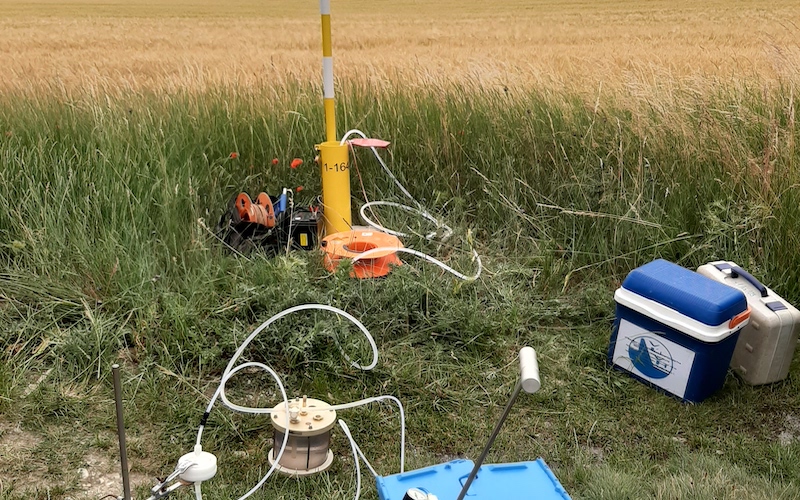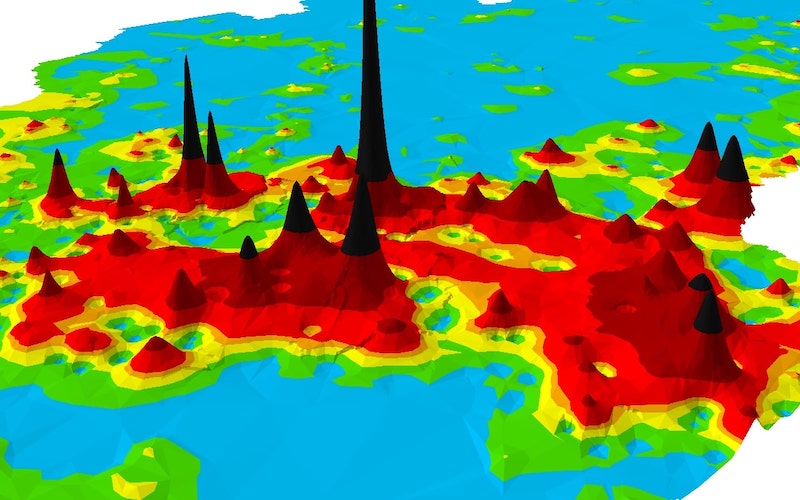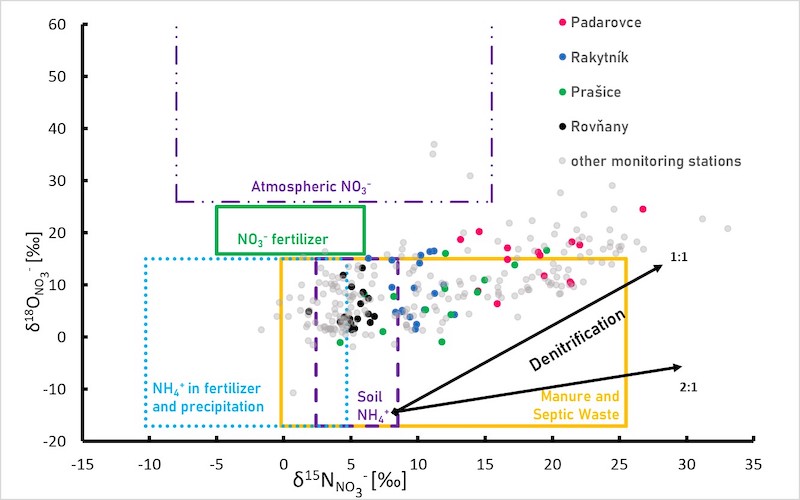
Methods for groundwater screening. Qualitative and quantitative screening methods (based on GC-MS and LC-MS) enable us to obtain a wider range of data on chemicals entering the environment, and to have a broader overview of groundwater pollution. To this end, we apply both traditional sampling methods (one-point or multiple-point sampling) and innovative methods (passive sampling or large-volume ‘on-site’ extraction). The results are used to prepare new monitoring programmes that take into account the pollutants that cause concern, e.g. pharmaceuticals, plant protection products, industrial substances and cosmetics.
Pollution from agricultural sources. Our Institute assesses the quality of groundwater on the basis of long-term groundwater monitoring. We analyse the impact of increased nitrate and pesticide concentrations on groundwater quality, and forecast future trends in nitrate concentrations. By applying the know-how and data available, we adjust and optimise the risk assessment algorithm to enable agricultural land to be included in (or excluded from) the list of vulnerable areas.


Isotopic composition of nitrogen and oxygen in water. Assessing the composition of nitrogen (δ N15 NO3) and oxygen (δ O18 NO3) isotopes in nitrates dissolved in water is a way to identify the origin of nitrates in groundwater. Through an isotope distribution analysis, we identify whether nitrates dissolved in groundwater originate from inorganic fertilisers, municipal wastewater or from other sources. We conduct such analyses in cooperation with the State Geological Institute of Dionýz Štúr. The results of these analyses and their interpretations are used to define the causes of high nitrate concentrations in selected localities. In order to acquire the latest scientific know-how, our experts participate in professional events organised by the International Atomic Energy Agency (IAEA).